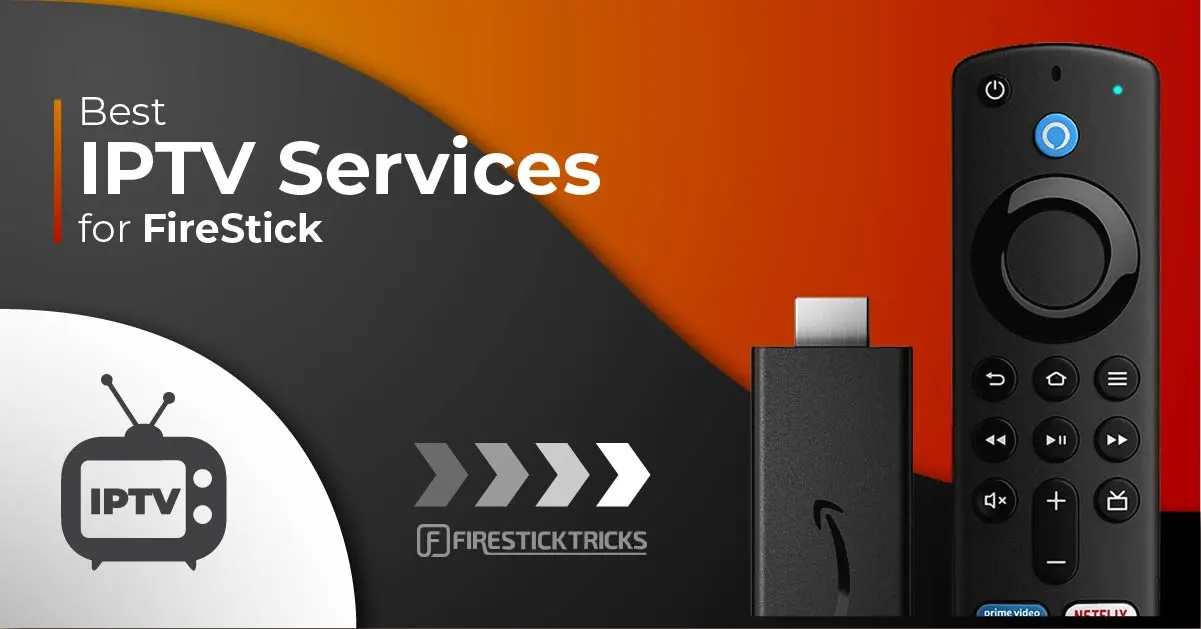Let loose the Power of IPTV: Premium IPTV Subscription Providers Available Now
How IPTV Functions: A Step-by-Step Overview to Internet Procedure Television Innovation
Internet Procedure Tv (IPTV) has changed the method we eat television material, offering a new world of possibilities with the power of the net. Understanding the ins and outs of just how IPTV works can drop light on the modern technology that drives this ingenious kind of media delivery. From the fundamental concepts of IPTV to the intricate process of content shipment, each action plays an essential function in making certain a smooth viewing experience. In this guide, we will discover the hidden systems that make IPTV a remarkable combination of innovation and entertainment.
IPTV Basics
In understanding IPTV basics, it is critical to understand the essential functions of this innovation in providing television content online. IPTV, which stands for Net Method Tv, makes use of Web Procedure (IP) networks to transfer television content to users' tools. Unlike typical approaches of transmitting television content through wire or satellite signals, IPTV streams media via high-speed web connections.

Moreover, IPTV permits interactive capabilities, such as video clip as needed (VOD) and electronic program overviews (EPG), improving the individual experience by providing even more control and versatility in accessing material. Overall, understanding the essentials of IPTV sets the structure for exploring its even more sophisticated performances and the advantages it uses to modern tv usage.
Content Distribution Process
Reliable content distribution in IPTV systems includes a well-structured procedure that makes sure seamless transmission of television web content over IP networks. The material distribution procedure in IPTV starts with the creation of the video clip content, which is after that inscribed into electronic format appropriate for IP transmission. This encoded content is then firmly stored on web servers known as media web servers. When a viewer requests details content, the IPTV system fetches the requested information from the media servers and provides it to the visitor's device online.

Middleware Performance
With the combination of middleware, IPTV systems gain improved functionality that streamlines customer interaction and content monitoring. Middleware functions as a vital element that bridges the void in between the interface and the back-end infrastructure, facilitating smooth communication and interaction within the IPTV system. Among the essential functions of middleware in IPTV is to make it possible for individualized individual experiences by providing attributes such as interactive program guides, video-on-demand services, interactive advertising and marketing, and individual choices administration. By centralizing these capabilities with middleware, provider can provide an extra dynamic and customized IPTV experience to their customers.

Tool Compatibility
Provided the essential role of middleware in making it possible for smooth interaction and material monitoring in IPTV systems, an essential facet to take into consideration is the compatibility of tools made use of for accessing the IPTV solutions. Tool compatibility is essential for ensuring a smooth user experience and optimum efficiency when accessing IPTV material.
In the context of IPTV, gadget compatibility refers to the see here now capability of a device to effectively interact with the IPTV solution, show material properly, and support the needed methods and codecs for streaming video web content online. Various gadgets, such as clever TVs, set-top boxes, smart devices, tablets, and computer systems, might have varying degrees of compatibility with IPTV services.
To ensure a smooth watching experience, it is essential for individuals to select devices that are compatible with the particular IPTV service they are using. Furthermore, IPTV company should supply assistance for a broad array of gadgets to accommodate the varied demands of their individual base. By prioritizing tool compatibility, both individuals and provider can enhance the general IPTV experience.
Top Quality of Solution (QoS)
Considering the vital role of preserving a high standard of efficiency and reliability in IPTV systems, making sure regular Top check it out quality of Service (QoS) remains a fundamental facet of the individual experience. QoS in IPTV refers to the capacity of the system to deliver material with minimal disturbances, high resolution, and quick loading times. To accomplish optimal QoS, various aspects need to be addressed. Network data transfer is crucial to support high-grade video streaming without buffering or pixelation. Furthermore, latency, jitter, and packet loss have to be reduced to improve the watching experience.
Provider use QoS systems such as web traffic prioritization, buffering, and error adjustment to maintain a secure IPTV service. By prioritizing IPTV traffic over much less time-sensitive information, companies can guarantee smooth playback even during optimal use hours. Buffering assists compensate for network changes, while error correction strategies boost data integrity.
Continual surveillance and optimization of QoS specifications are important to adapt to changing network problems and user needs. Eventually, a durable QoS framework is vital for supplying a seamless and enjoyable IPTV experience to customers.
Final Thought
To conclude, IPTV operates with the transmission of television web content over web method networks. The innovation includes a methodical procedure of material delivery, assisted in by middleware functionality to make certain compatibility across numerous gadgets. Quality of Solution plays an essential duty in maintaining the effectiveness and reliability of IPTV solutions. Comprehending the fundamental concepts of IPTV is important for realizing the complexities of this cutting-edge television technology.